In 17th century Europe, the Dutch Republic's cultural activities shone with a unique brilliance. During this period, the Netherlands was renowned not only for its rich economic activities and political freedom but also for its outstanding artistic achievements, making it a cultural center of Europe. Dutch artists, through their unique styles and techniques, depicted the nation's society, landscapes, and daily life, establishing it as a realm filled with artistic inspiration.
The artistic flourishing of the Dutch Republic is closely linked to its historical context. From the late 16th to early 17th century, the Netherlands broke away from Spanish rule, undergoing a war for independence. This war was not only a struggle for political and religious freedom but also a defense of cultural and intellectual freedom. After gaining independence, the Netherlands developed a tolerant and diverse society, providing artists with great freedom for creativity.
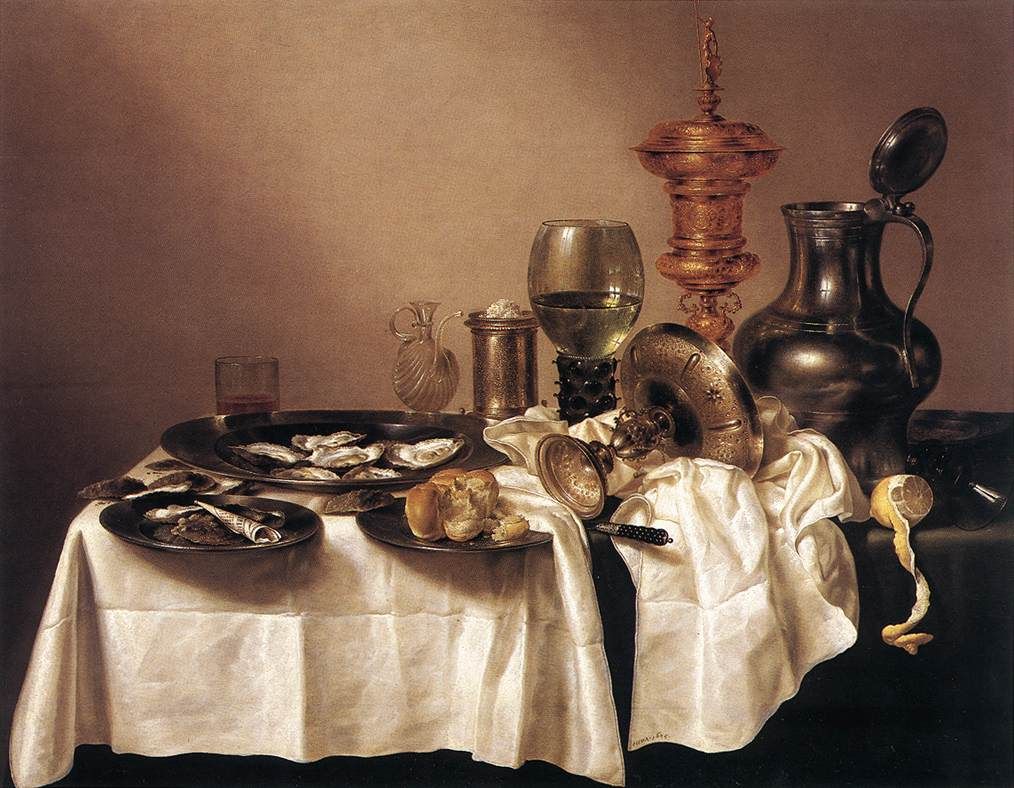
The Dutch Republic was a nation that esteemed intellectual freedom. Philosophers such as Descartes and Spinoza found fertile ground here to publish and disseminate their revolutionary ideas. Descartes' rationalism and Spinoza's pantheism flourished in the Netherlands, influencing European philosophy profoundly and providing a philosophical foundation for artists. The freedom of thought and religious tolerance in the Netherlands allowed various beliefs and ideas to coexist, sparking artists' creative enthusiasm.
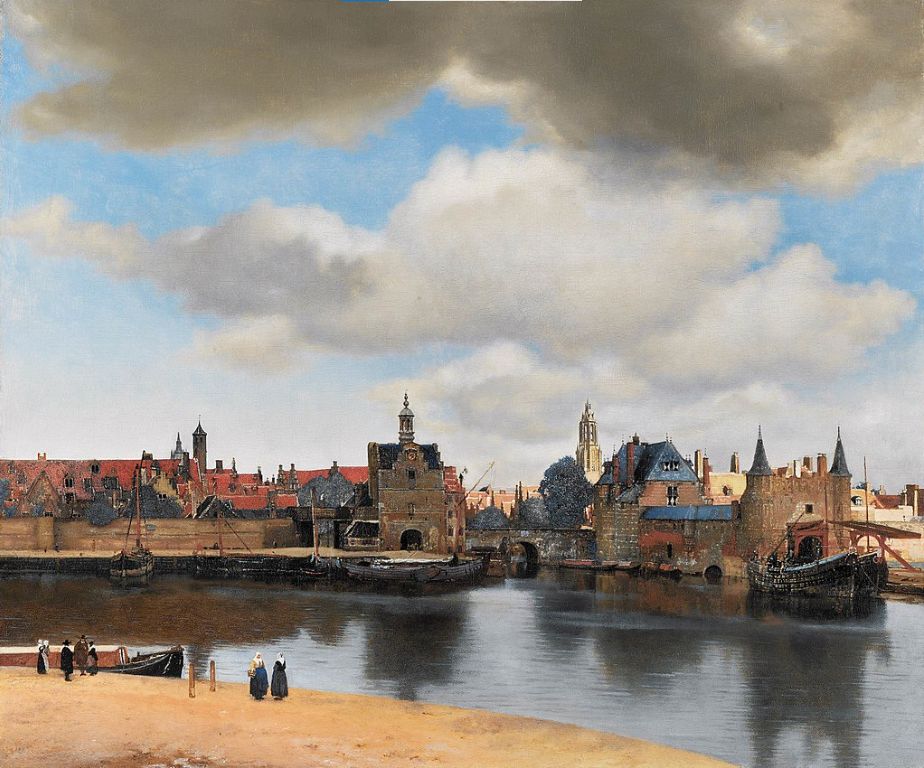
Economic prosperity was a crucial support for the development of art in the Netherlands. In the 17th century, the Netherlands was one of the world's wealthiest countries, with a robust commercial and trade network making it Europe's economic center. Cities like Amsterdam were not only trade and financial hubs but also centers of art and culture. Wealthy citizens were keen art collectors, and their patronage allowed artists to focus on creation, fostering a thriving art market. Many Dutch artists, such as Rembrandt and Vermeer, achieved great success in this environment.
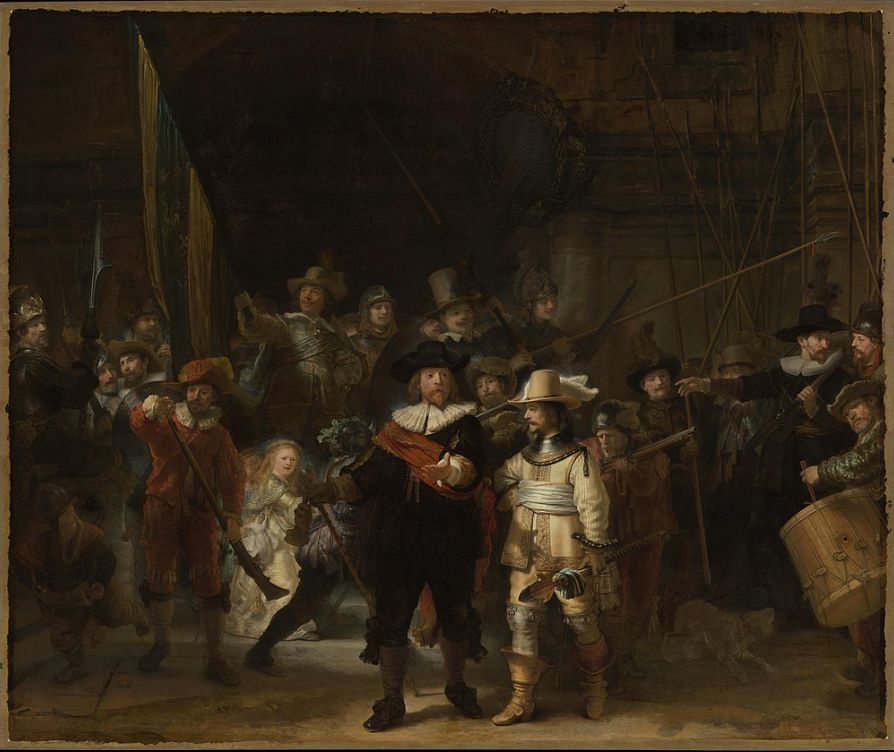
The uniqueness of Dutch art lies in its realism. Unlike the Baroque art prevalent in other parts of Europe at the time, Dutch artists focused more on depicting real life. With meticulous brushwork and realistic details, they portrayed urban landscapes, rural scenes, family life, and daily activities. This realistic style not only reflected the true appearance of Dutch society but also showcased the artists' profound observation of nature and human life. Dutch artists excelled in using light and shadow to create realistic spatial effects and atmospheres, as seen in Rembrandt's portraits and Vermeer's interior scenes.
The 17th century Dutch art also exhibited a trend towards secularism. Influenced by the Reformation, Dutch art themes shifted from religious subjects to secular life. Landscapes, still lifes, portraits, and genre paintings became the main forms of art, showcasing the diversity and richness of Dutch society. Through these works, artists not only demonstrated their superb skills but also expressed their love of life and pursuit of beauty.
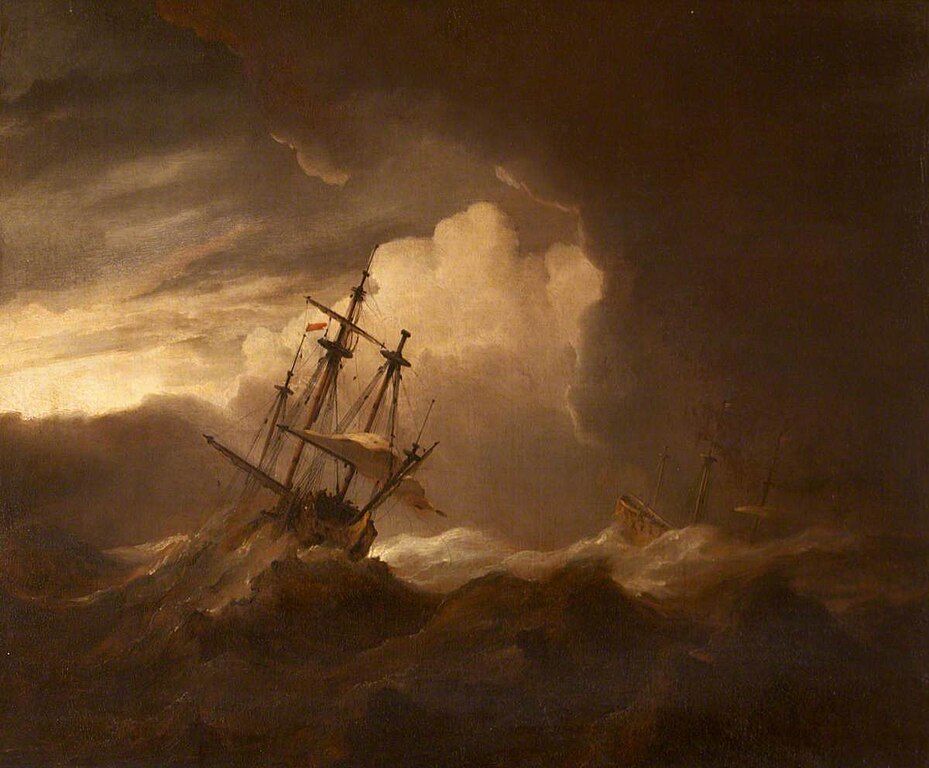
During this period, the Dutch art market reached unprecedented prosperity. Due to the Reformation and political turmoil, the demand for large religious and historical paintings from churches and nobles decreased, replaced by the bourgeoisie's demand for small easel paintings. This change allowed artists to freely create works of various subjects and styles to meet different clients' needs. The flourishing art market not only promoted artistic creation but also spurred the development and innovation of artistic techniques.
Art was not only a crucial part of Dutch culture but also an essential symbol of national identity. In this multicultural nation, art became a bridge for communicating different cultures and ideas. Dutch artists, through their works, recorded the nation's history, depicted social changes, and expressed people's emotions. Their works are not only artistic treasures but also significant testimonies of Dutch history and culture.
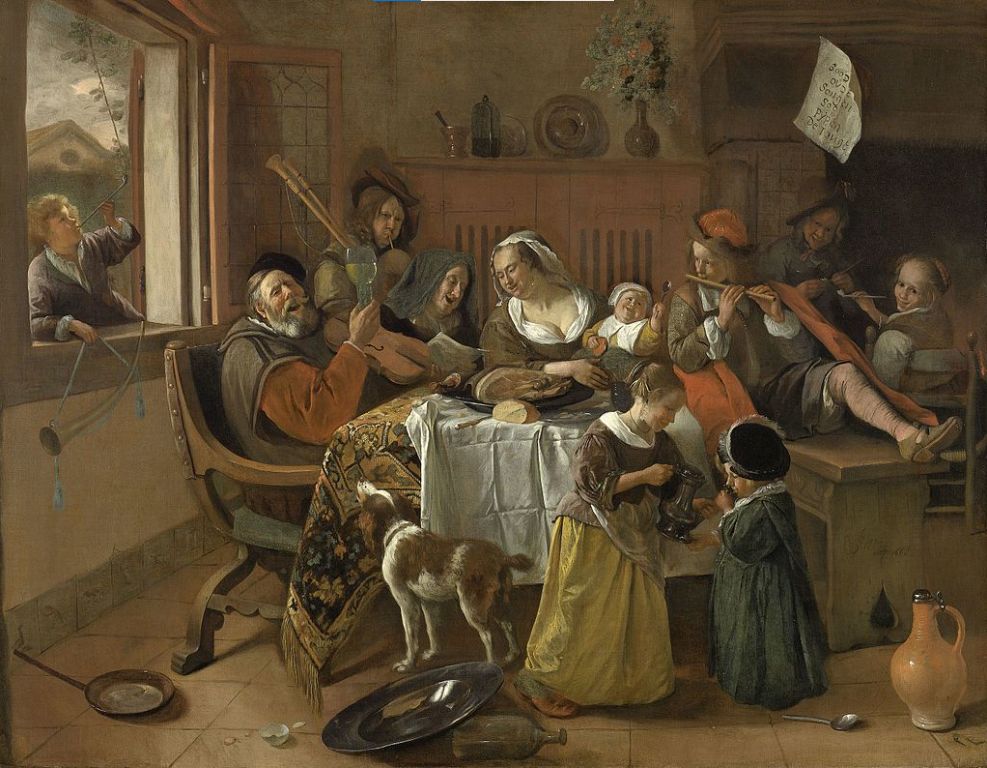
The 17th century Dutch art not only achieved great success domestically but also had a profound impact on the development of art in Europe and the world. Dutch artists, through their works, demonstrated the power and charm of art, inspiring later artists' creative inspiration. Dutch art styles and techniques were widely adopted and studied, becoming an important chapter in European art history.
The artistic brilliance of the Dutch Golden Age is not only a national achievement but also a gem in the history of human art. In this era filled with creativity and the spirit of freedom, Dutch artists used their talent and effort to create timeless artistic classics. Today, we can still feel the prosperity and charm of 17th century Holland through these works, experiencing the beauty and emotion that art brings us.